We’re creatures of habits. Habits that make up our daily routine and enable us to do our best work. Everyone has a different routine. It’s what works for them. There’s no right or wrong way of doing the work that we enjoy. While we each have our ways of doing, there are still lessons that we can learn from the routines of others. To stand on the shoulders of giants so that we may come across an idea or insight that we can apply ourselves.

ON DISCIPLINE
“Routine in an intelligent man, is a sign of ambition,” the poet W.H. Auden wrote in his diary. For Auden, maintaining a daily ritual required willpower and discipline. Discipline, for the philosopher William James, came down to automatizing daily decisions. To “make our nervous system our ally instead of our enemy.” James adds:
“The more of the details of our daily life we can hand over to the effortless custody of automatism, the more our higher powers of mind will be set free for their own proper work.” [1]
One way to automatize your daily routine is to keep an exact timetable schedule. That’s what English composer Benjamin Britten felt was most important to him:
“I like working to an exact timetable. And I can without much difficulty sit down at nine o’clock in the morning and work straight through the morning until lunchtime, then in the afternoon letters — or, rather more important, is that I go for a walk, where I plan out what I’m going to write in the next period at my desk. I then come back. After tea, up to my studio and work through until about eight o’clock. After dinner I usually find I’m too sleepy to do much more than read a little bit, and then go to bed early.” [2]
Repeating a schedule can put you into a state of mesmerism. It’s the repetition without variation that writer Haruki Murakami believes is the key:
“I keep to this routine every day without variation. The repetition itself becomes the important thing; it’s a form of mesmerism. I mesmerize myself to reach a deeper state of mind.” [3]
Murakami’s schedule included waking up at 4am and working for six hours straight. In the afternoon he would go for a swim or run (sometimes both), followed by errands, reading, music, and bedtime at 9pm.
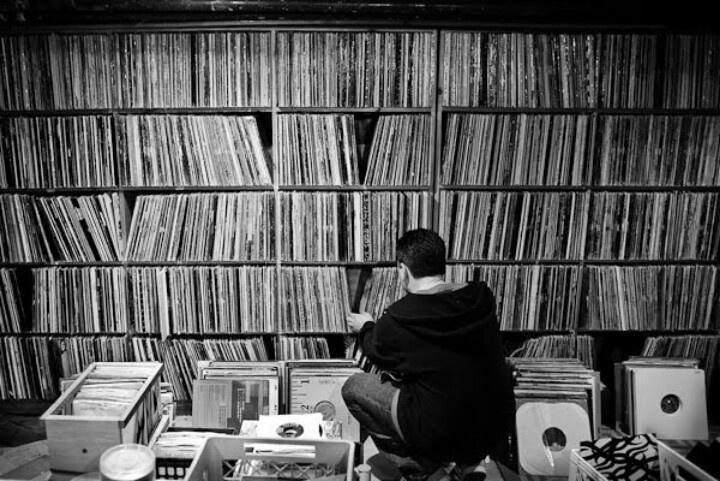
Charles Dickens and the psychologist B.F. Skinner also believed in time and precision. For Dickens:
“No city clerk was ever more methodological or orderly than he no humdrum, monotonous, conventional task could ever have been discharged with more punctuality or with more business-like regularity than he gave to the work of his imagination and fancy.” [4]
If there is anyone who might have been more meticulous than Dickens with their schedule, it was B.F. Skinner. The behavioral psychologist would apply his own experimental ideas to his routine. He kept a timer that would make a loud buzz whenever an activity was scheduled to end:
“My work desk is a long Scandinavian-modern table, with a set of shelves I made myself for holding the works of BFS, notebooks and outlines of the book I am working on, dictionaries, word-books, etc. On my left the big Webster’s International on a stand, on my right an open-top file containing all current and future manuscript materials. As I sit down I turn on a special desk light. This starts a clock, which totalizes my time at my desk. Every twelve hours recorded on it, I plot a point on a cumulative curve, the slope of which shows my overall productivity. To the right of my desk is an electric organ, on which a few minutes each day I play Bach Chorales etc.” [5]
For Twyla Tharp, the mark of a daily routine isn’t about timekeeping as much as it is about the places she frequents. When describing her routine, she notes:
“I begin each day of my life with a ritual: I wake up at 5:30am, put on my workout clothes, my leg warmers, my sweatshirts, and my hat. I walk outside my Manhattan home, hail a taxi, and tell the driver to take me to the Pumping Iron gym at 91st Street and First Avenue, where I work out for two hours. The ritual is not the stretching and weight training I put my body through each morning at the gym; the ritual is the cab. The moment I tell the driver where to go I have completed the ritual.” [6]
Like Tharp, novelist Edmund Wilson also used physical reminders in his daily routine. Wilson had a daily writing goal that he needed to complete every day:
“You have to set a goal for each day and stick to it. I usually try to do six pages.” [7]

Murikami, Tharp, Auden, and Dickens saw their routine as a positive sign of discipline. Not every iconic creative felt the same. Some maintained their routine out of fear. Leo Tolstoy maintained his routine out of fear of missing out:
“I must write each day without fail, not so much for the success of the work, as in order not to get out of my routine.” [8]
A disciplined routine doesn’t work for everyone. For the writer Marilynne Robinson, writing only works when inspiration strikes:
“I write when something makes a strong claim on me. When I don’t feel like writing, I absolutely don’t feel like writing. I tried that work ethic thing a couple of times — but if there’s not something on my mind that I really want to write about, I tend to write something that I hate.” [9]
The composers Pyotr Illycih Tchaikovsky and Frédéric Chopin also felt the same. Tchaikovsky wrote:
“The seed of a future composition usually reveals itself suddenly, in the most unexpected fashion. If the soil is favorable — that is, if I am in the mood for work, this seed takes root with inconceivable strength and speed, bursts through the soil, puts out roots, leaves, twigs, and finally flowers: I can not define the creative profess except through this metaphor. All the difficulties lie in this: that the seed should appear, and that it should find itself in favorable circumstances. All the rest happens of its own accords. It would be futile for me to try and express to you in words the boundless bliss of that feeling which envelops you when the main idea has appeared, and when it begins to take definite forms. You forget everything, you are almost insane, everything inside you trembles and writhes, you scarcely manage to set down sketches, one idea presses upon the other.” [10]
Chopin’s worked in a similar way to Tchaikovsky. In short bursts of inspiration that seemed anything but effortless:
“His creation was spontaneous and miraculous. He found it without seeking it, without foreseeing it. It came on his piano, suddenly, complete, sublime, or it sang in his head during a walk, and he was impatient to play it himself. But then began the most heart-rendering labor I ever saw. It was a series of efforts, of irresolutions, and of frettings to seize again certain details of a theme he had hard what he had conceived as a whole he analyzed too much when wishing to write it, and his regret at not finding it again, in his opinion, clearly defined, threw himself into a kind of despair. He shut himself up in his room for whole days, weeping, walking, breaking his pens, repeating and altering a bar a hundred times, writing and effacing it as many times, and recommencing the next day with a minute and desperate perseverance. He spent six weeks over a single page to write it at last as he had noted it down at the very first.” [11]
Brief, but intense periods of productive work also was a part of F. Scott Fitzgerald’s work habits. Fitzgerald came from a military background and practiced intense discipline in his whole life. With his most creative work, no amount of discipline could will his productivity:
“Stories are best written in either one jump or three, according to the length. The three-jump story should be done in three successive days, then a day or so for revise and off she goes.” [12]

The writers Arthur Miller and Toni Morrison also swear by an irregular work habit. For Miller, there was no regular routine:
“I wish I had a routine for writing. I get up in the morning and I go out to my studio and I write. And then I tear it up! That’s the routine really. Then, occasionally, something sticks. And then I follow that. The only image I can think of is a man walking around with an iron rod in his hand during a lightning storm.” [13]
For Morrison, a lack of routine came from other responsibilities and not a lack of inspiration:
“I am not able to write regularly. I have never been able to do that — mostly because I have always had a nine-to-five job. I have to write either in between those hours, hurriedly or spend a lot of weekend and predawn time. But the most important thing is that I don’t do anything else… When I sit down to write I never brood. I have so many other things to do, with my children and teaching, that I can’t afford it. I brood, thinking of ideas, in the automobile when I’m driving to work or in the subway or when I’m mowing the lawn. By the time I get to the paper something’s there — I can produce.” [14]
Is there a middle ground between an obsessive schedule and one that relies on a spark of inspiration? Nicholson Baker and Anne Rice believe so. For Baker, keeping to an obsessive routine is a must, but only if it is always changing:
“What I’ve found with daily routines is that the useful thing is to have one that feels new. It can almost be arbitrary. You know, you could say to yourself, ‘From now on, I’m only going to write on the back porch in flip flops starting at four o’clock in the afternoon.’ And if that feels novel and fresh, it will have a placebo effect and it will help you work. Maybe that’s not completely true. But there’s something to just the excitement of coming up with a slightly different routine. I find I have to do it for each book, have something different.” [15]
Changing routines is something that Anne Rice thinks is the key to her literary success. The newness allows her to adapt to different stages of her life. Writing in the early hours of the morning worked for her first novels. When her son was born, she switched to writing during the day:
“I certainly have a routine, but the most important thing, when I look back over my career, has been the ability to change routines.” [16]
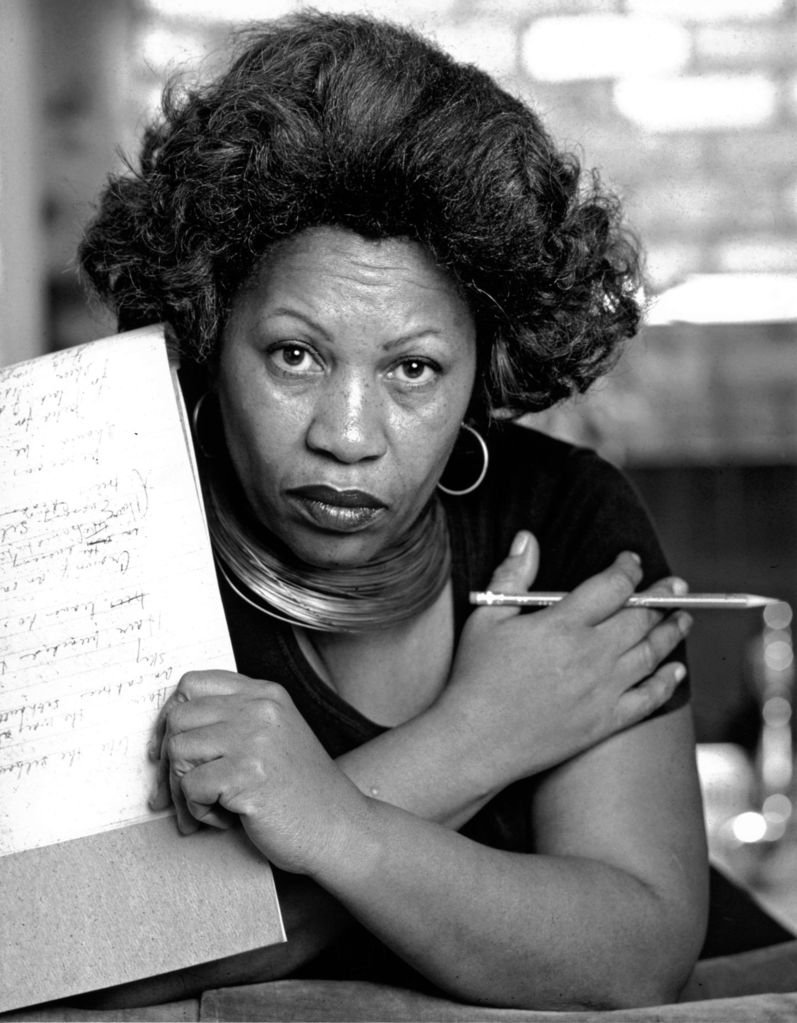
ON WORK AIDS
The archetype of a creative genius is one of the extremes. Some engaged in long periods of sustained output, followed by impulsive hedonism. Others turned to “work aids” as a complement to their daily routine.
Coffee seems to be the most popular work enhancing supplement across creative types. Søren Kierkegaard was a routine coffee drinker with an obsessive daily ritual:
“He owned at least fifty sets of cups and saucers, but only one of each sort — and that, before coffee could be served, Levin (his secretary) had to select which cup and saucer he preferred that day, and then, bizarrely justify his choice to Kierkegaard. Delightedly, he would seize hold of the bag containing the sugar and poured sugar into the coffee cup until it was piled up above the rim. Next came the incredibly strong, black coffee, which slowly dissolved the white pyramid. The process was scarcely finished before the syrupy stimulant disappeared into the magister’s stomach, where it mingled with the cherry to produce additional energy that percolated up into his seething and bubbling brain — which in any case had already been so productive all day that in the half-light Levin could still notice the tingling and throbbing in the overworked fingers when they grasped the slender handle of the cup.” [17]
Honoré de Balzac also swore by coffee, consumed to the extreme. He drank as many as fifty cups of black coffee a day, relentlessly writing away:
“He ate a light dinner at 6:00 P.M., then went to bed. At 1:00 A.M. he rose and sat down at his writing table for a seven-hour stretch of work. At 8:00 A.M. he allowed himself a ninety-minute nap; then, from 9:30 to 4:00 he resumed work, drinking cup after cup of black coffee.” [18]
Many also turned to alcohol to aid the creative process. For Patricia Highsmith, she enjoyed a stiff drink accompanied with cigarettes:
“Her favorite technique to ease herself into the right frame of mind for work was to sit on her bed surrounded by cigarettes, ashtray, matches, a mug of coffee, a doughnut, and an accompanying saucer of sugar. She had to avoid any sense of discipline and make the act of writing as pleasurable as possible. She was also in the habit of having a stiff drink before she started to write. Not to perk her up, but to reduce her energy levels, which veered towards the manic.” [19]
Highsmith’s preference was vodka, and she set herself a daily limit for the day by marking the bottle. Others, like Toulouse-Lautrec indulged in stronger concoctions.
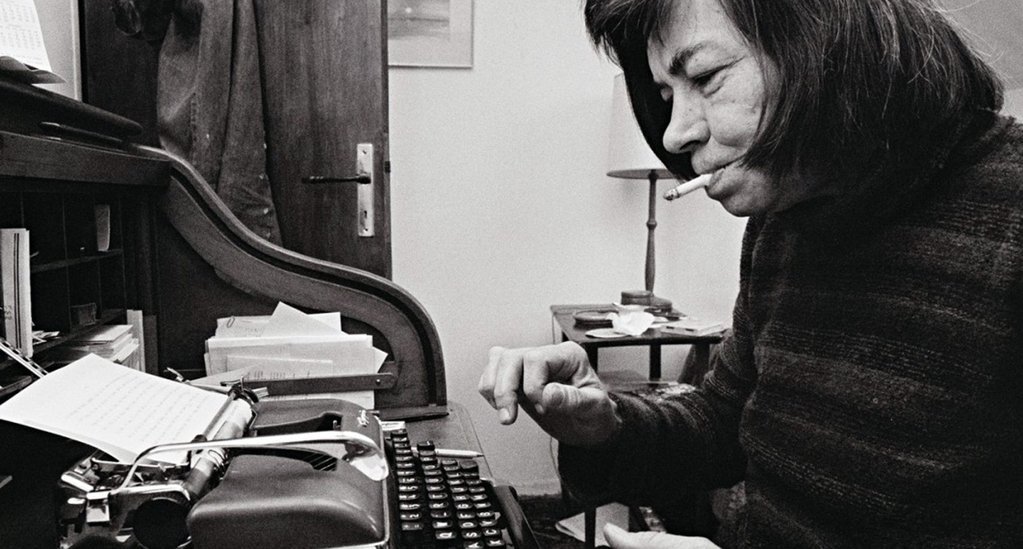
The musician Louis Armstrong preferred marijuana as his source of inspiration. He thought that smoking a joint was far superior to any form of alcohol:
“Armstrong never ate dinner before a show, but he would sometimes go out for a late supper afterward or, more often, retreat to his hotel room for a room-service meal or take-out Chinese food, his second-favorite cuisine (after red beans and rice). Then he would roll a joint, catch up on his voluminous correspondence, and listen to music on the two reel-to-reel tape recorders that followed him wherever he went.” [20]
If cannabis helped with calming the mind, some turned to stimulants for speed (no pun intended). Mathematician Paul Erdős liked to work in short, intense periods of collaboration. He took ten to twenty milligrams of Benzedrine or Ritalin daily along with shots of espresso:
“He only needed three hours of sleep. He’d get up early and write letters, mathematical letters. He’d sleep downstairs. He’d want to work from 8:00 A.M. until 1:30 A.M. Sure we’d break for short meals but we’d write on napkins and talk math the whole time. He liked to say, ‘A mathematician is a machine for turning coffee into theorems.” [21]
Not everyone relied on work aiding substances to fuel their creative process. The writer, George Sand didn’t believe in the need for using any kind of substance:
“It is said that some artists abuse their need for coffee, alcohol, or opium. I do not really believe that, and if it sometimes amuses them to create under the influence of substances other than their own intoxicating thoughts, I doubt that they kept up such lubrications or showed them off. The work of the imagination is exciting enough, and I confess I have only been able to enhance it with a dash of milk or lemonade, which would hardly qualify me as Byronic.” [22]
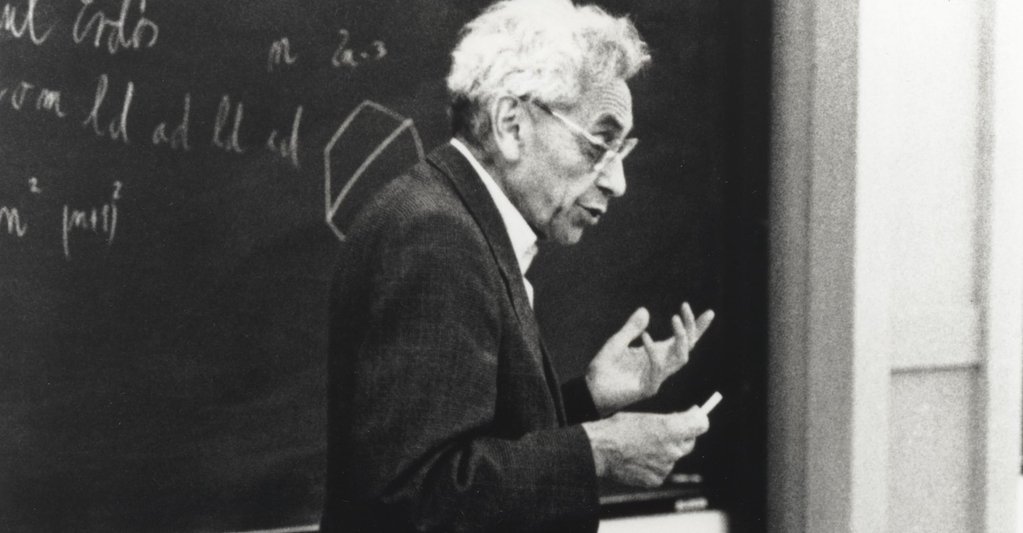
ON TIME OF DAY
Morning person or a night owl. Most creative types seem to prefer one time of day over the other. Georgia O’Keefe found the solitude for painting during the early hours of the morning:
“I like to get up when the dawn comes. The dogs start talking to me and I like to make a fire and maybe some tea and then sit in bed and watch the sun come up. The morning is the best time, there are no people around. My pleasant disposition likes the world with nobody in it.” [23]
Gunter Grass also liked to work during the day, although not because of a need for solitude. For Grass, writing in the night was easy, but it often produced work that wasn’t good enough:
“I don’t believe in writing at night because it comes too easily. When I read it in the morning it’s not good. I need daylight to begin. Between nine and ten o’clock I have a long breakfast with reading and music. After breakfast, I work, and then take a break for coffee in the afternoon. I start again and finish at seven o’clock in the evening.” [24]
William Faulkner also preferred the morning daylight. Known for his fast pace, Faulkner often wrote over three thousand words a day:
“He would wake early, eat breakfast, and write at his desk all morning. He liked to work in the library, and since the library door had no lock, he would remove the doorknob and take it with him. After a noon lunch, he would continue repairs on the house and take a long walk or go horseback riding. In the evenings Faulkner and his wife would relax on the porch with a bottle of whiskey.” [25]
While a morning routine worked for some, it was inconceivable to others, like Glenn Gould. The pianist was nocturnal, avoiding the daylight and only working in the dark of the night:
“I tend to follow a very nocturnal sort of existence, mainly because I don’t care much for sunlight. Bright colors of any kind depress me, in fact, and my moods are more or less inversely related to the clarity of the sky on any given day. Matter of fact, my private motto has always been that behind every silver lining there’s a cloud. So I schedule my errands for as late an hour as possible, and I tend to emerge along with the bats and the raccoons at twilight.” [26]
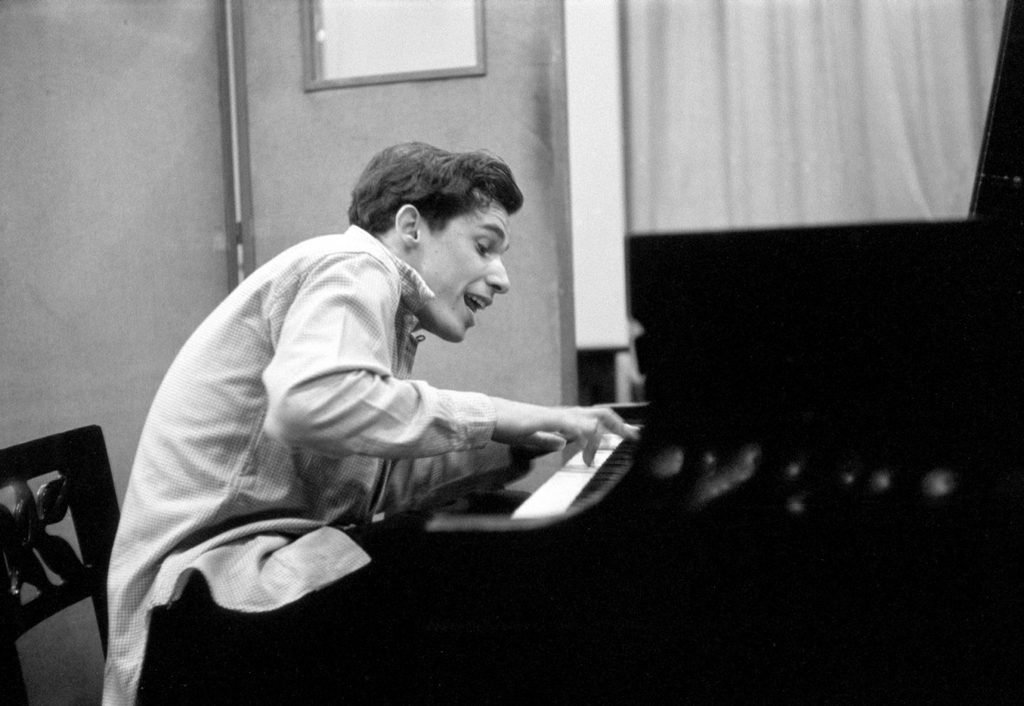
Ann Beattie also thinks that the night brings about her best work. Her favorite hours are from 12am to 3am for writing:
“I really think that people’s bodies are on different clocks. I even feel now like I just woke up and I’ve been awake for three or four hours. ANd I’ll feel this way until seven o’clock tonight when I’ll start to pick up and then by nine it will be O.K. to start writing. My favorite hours are from 12:00 to 3:00 A.M. for writing.” [27]
Not being a morning person was natural to write Steve Reich as well. He used the day to conduct business meetings and run errands, saving the night for creative work:
“I would say, if you look at everything I’ve ever written, ninety-five percent of it would have been written between twelve noon and twelve midnight.” [28]
Burning the midnight oil was a habit for painter Henri de Toulouse-Lautrec. He too had an active daily schedule filled with a Parisian lifestyle of hedonism:
“Toulouse-Lautrec drank constantly and slept little. After a long night of drawing and binge-drinking, he would often wake early to print lithographs, then head to a cafe for lunch and several glasses of wine.” [29]
For Pablo Picasso, he went to bed late and got up late. His sheer endurance allowed him to create a large output of work – over a painting a day. He would paint standing up for four, five hours straight without the need to rest or take a break:
“At the boulevard de Clichy, he would shut himself in the studio by 2pm and work there until at least dusk. Meanwhile, his girlfriend of seven years, Fernande, was left alone to her own devices, hanging around the apartmen, waiting for Picassoc to finish his work and join her for dinner. When he finally emerged from his studio, however, he was hardly good company. He rarely spoke duringmeals; sometimes he would not utter a word from beginning to end. He seemed to be bored, when he was in fact absorbed.” [30]
